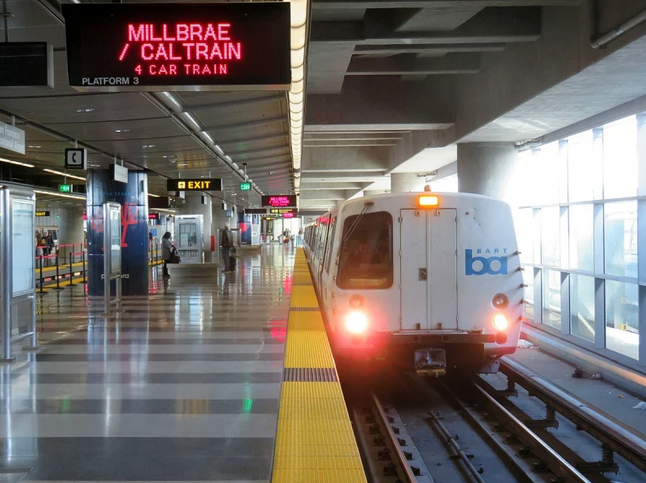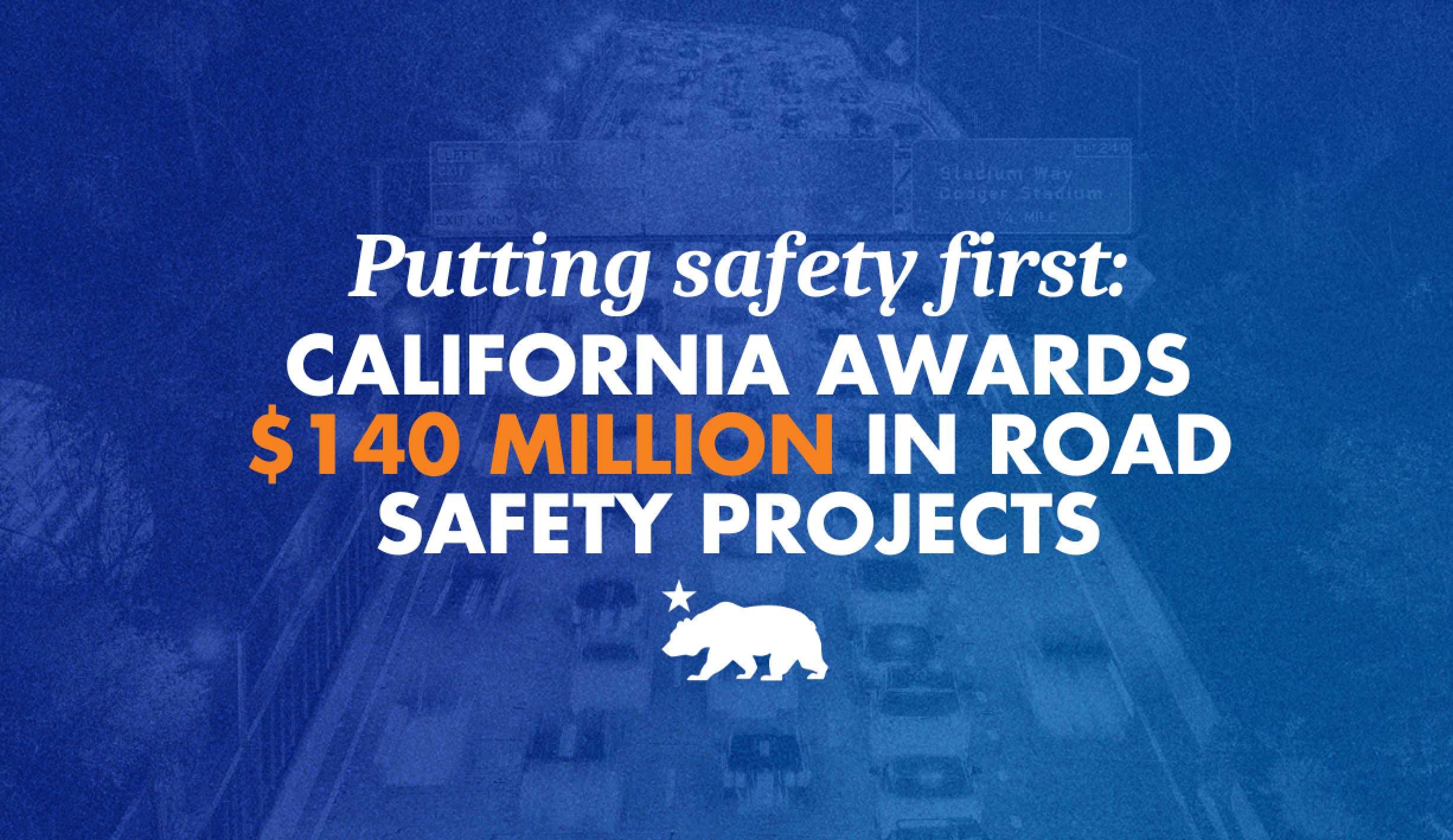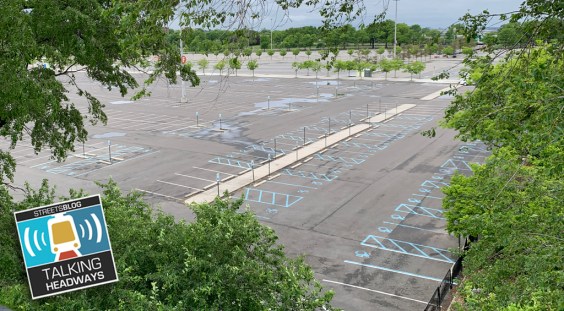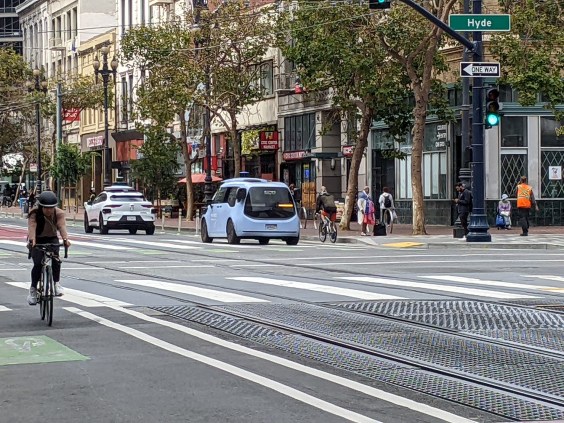If transit is governed primarily by white, male, 9-to-5 commuters, it's probably not going to work well for, say, a senior trying to get to a medical appointment in the middle of the day. That was a key takeaway from a panel discussion held Thursday afternoon by Seamless Bay Area and TransitCenter aimed at looking at how transit governance works and why it often fails its riders.
"Men in general and white men in particular are overrepresented on boards," said Stephanie Lotshaw of TransitCenter, referring to the results of Who Rules Transit, a new study. "Except at the SFMTA board."
She said it isn't always necessary for boards to perfectly match the geographic, ethnic, and gender makeup of the transit-riding public, but they must understand that the needs of their riders may be different. "Women receive greater violence and harassment on transit; without women on boards we don’t see that in our discussions of safety."
Similar issues of boards not understanding the needs of riders comes up in the disabled community. "The MTC was in the process of rolling out the very exciting Bay Area Plan 2050, our long-range plan. It was forward-looking, addressing land use and the environment, housing concerns, issues of social and economic justice," said Frank Welte with the California Council for the Blind, another of the panelists. "But if you searched the document you don’t find the word wheelchair."
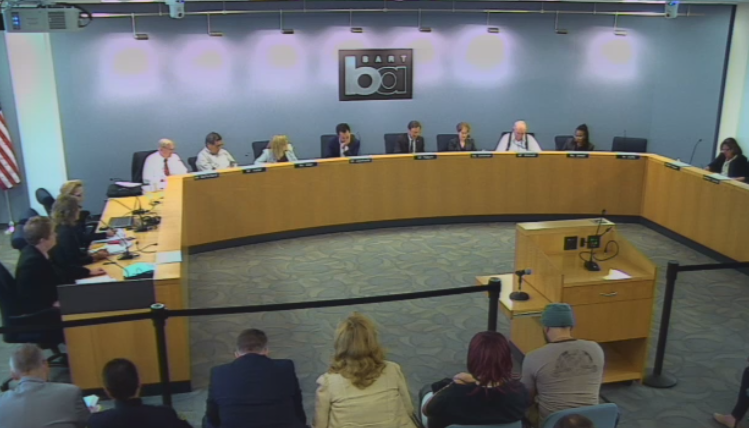
Welte said the plan includes some vague comments about benefiting disabled people, but, in general, it didn't address their needs. "Disability concerns need to be addressed at every step of planning and operations," he said, adding that that requires disabled advocates in governance. "Because if we're not at the table we're on the menu."
Unfortunately, boards and their structures can be arcane, which makes it tricky for people to engage with them--much less serve on them. Many board members are political appointees, which means they are already politically connected and likely not representative of the riding public.
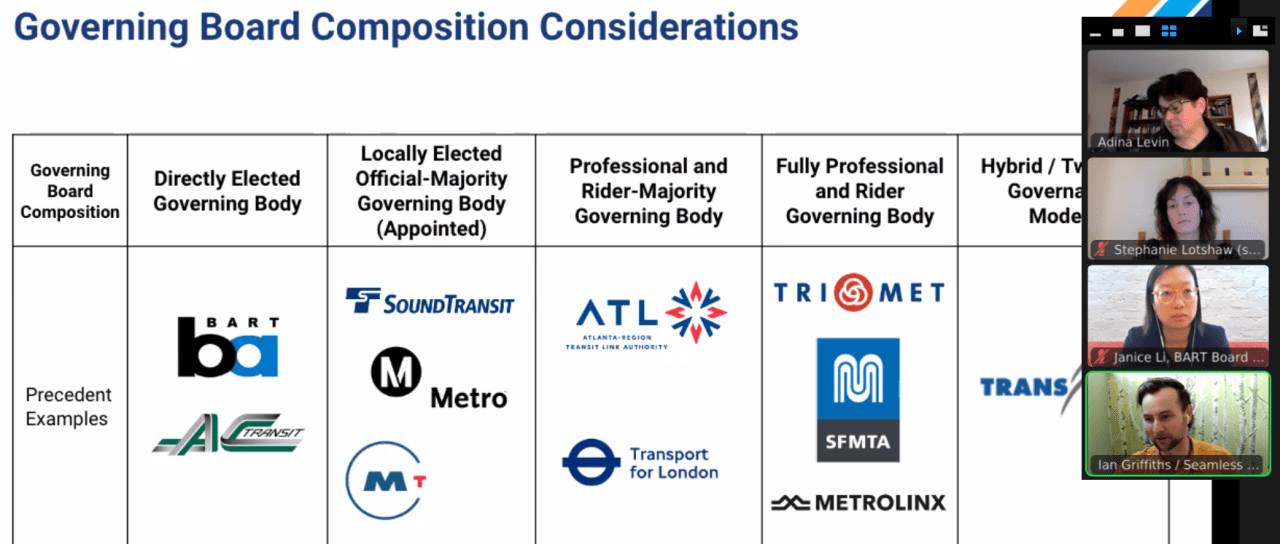
In fact, only AC Transit and BART have constituent-elected boards. In theory, that should make their boards more representative of the riders. But running for the board isn't easy, explained Janice Li of the BART Board, another of the panelists. "Down-ballot fundraising is so hard, and our districts are so large."
She added that after an exhausting campaign, board members then find themselves trying to decipher arcane and technical issues. "We talk about increasing headways or we talk about fare policy as benefiting low income [people]," she gave as examples. "Or even around people with disabilities, we talk about how new fare gates would be theoretically helpful. But it seems sometimes that’s disconnected from the actual human beings who will be affected."
Li said it's essential for board members to overcome that and get out in the field and see how the high-level management issues work for real people. For example, "I go out to the stations with people with disabilities, testing out the new fare-gate options," she said. "That really helps. We have to find ways to bring people into the conversation as much as possible."
That's all well and good for BART, but with 27 different management structures, riders still have to navigate the disparate results of all those different boards as soon as they transfer from one system to another. "So many riders rely on multiple agencies, but there’s nobody accountable for all the agencies as a whole," said Ian Griffiths with Seamless Bay Area. As previously reported, Seamless is trying to create an umbrella management structure--a "network manager"--to oversee and integrate schedules and fares on all the region's trains, buses, and ferries. That network manager "has to be one, accountable institution."
After the pandemic, he explained, the MTC--the closest thing the Bay Area currently has to a network manager--created a "Blue Ribbon Recovery Task Force" to make a business case for a network manager to integrate the region's many separate systems. The project "got off to a promising start," he said. But the task force, largely driven by the general managers of the transit agencies, have "changed the timeline" and are now questioning "whether to do it at all," he said. He asked people to come address the task force and urge them to get behind the creation of a network manager.

But the key to making that happen, and to improving transit governance generally, said Griffiths, is to get transit-minded people into office across the region. He stressed the importance of "voting and electing good leaders, whether it’s on the BART Board or your city council, who end up appointed to these boards."
Griffiths urged everyone to study Seamless's candidate endorsements.
